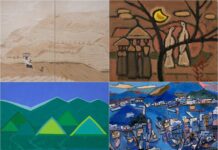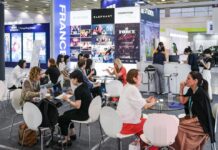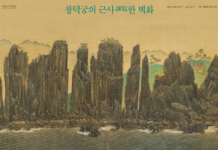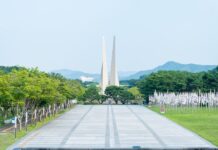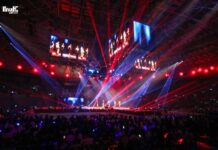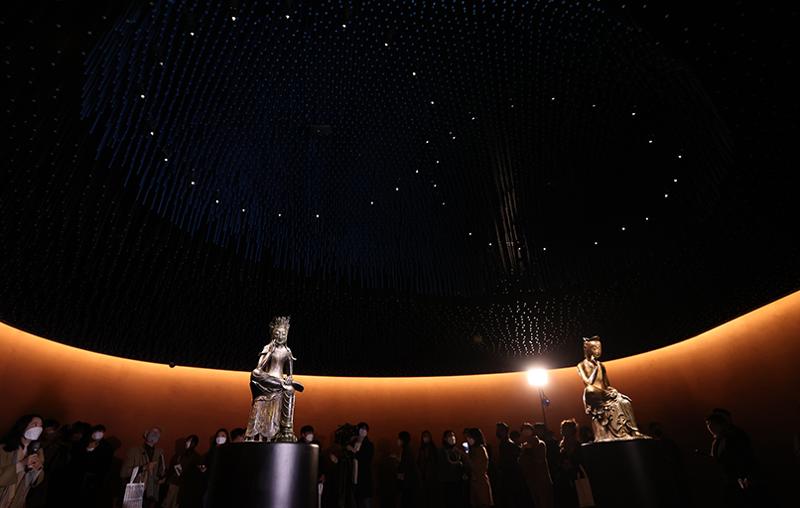
The National Museum of Korea in Seoul on Nov. 11 held a media event the day before opening “The Room of Quiet Contemplation,” an exhibition of two Pensive Bodhisattva statues.
By Jeon Han and Lee Jihae
Photos = Jeon Han
“A time to lose yourself deep in contemplation.”
This is how Min Byoungchan, director-general of the National Museum of Korea in Seoul’s Yongsan-gu District, on Nov. 11 described “Room of Quiet Contemplation,” a new exhibition space on the second floor of the museum’s Permanent Exhibition Hall.
To be opened to the public from Nov. 12, the space displays Bangasayusang, or two Pensive Bodhisattva statues (both National Treasures) considered to be two of the most representative works of Korean Buddhist art and the face of the museum.
Covering an area of 439 square m, the room has a small theater-size exhibition space, dark passageway, slightly inclined floor and walls, and dimly glittering ceiling.
The museum said it hopes that the exhibition will serve as its representative brand like “Mona Lisa” does for the Louvre Museum in France.
The two gilt-bronze statues represent the high level of culture and art during the Three Kingdoms era (57 B.C.-668 A.D.). Each statue holds his right leg on the left knee (in a posture called banga in Korean) and slightly touches his right cheek with fingers from his right hand while apparently deep in contemplation.
The smaller statue measuring 81.5 cm high is believed to have been made in the late sixth century and that measuring 90.8 cm high in the early seventh century.
Director-general Min said called the room “a place that does not change and moves slowly and where time has stopped amid a rapidly shifting modern society with sweeping changes,” adding, “We opened the Room of Quiet Contemplation so that (visitors) can relieve stress and find peace of mind in this space.”
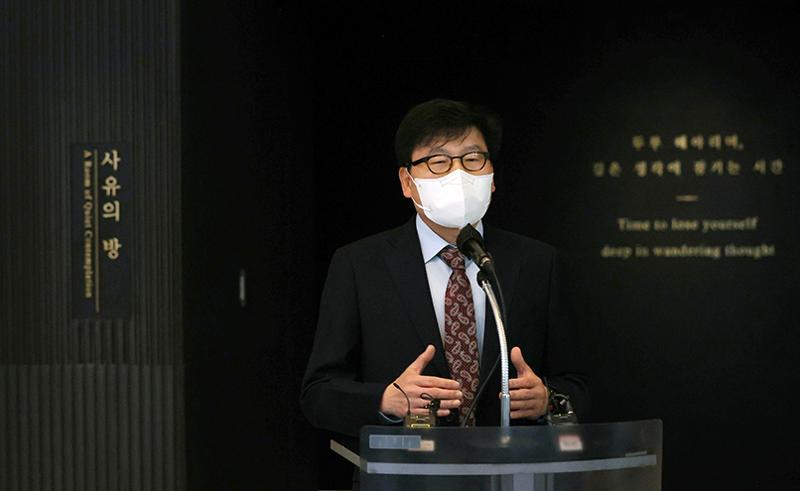
Min Byoungchan, director-general of National Museum of Korea, on Nov. 11 explains the meaning of the exhibition space “The Room of Quiet Contemplation” of two Pensive Bodhisattva statues at the museum’s Permanent Exhibition Hall on the second floor.
The two statues had been displayed side by side just three times before, in 1986, 2004 and 2015.
Choi Wook, head architect at 101 Architects who designed the room specifically to display the statues, said, “I tried to integrate the space with the energy from the Pensive Bodhisattva statues.”
“I hope that the memories that have accumulated in these statues for over a millennium will gradually rise to the surface and inspire future generations.”
Use of a QR code on the gallery wall provides information on the statues and the exhibition room to visitors. The leaflet accessible through the code is also on the museum’s website, with printed brochures available in English, Chinese and Japanese.
The exhibition is open year-round and free, though a cap on the number of visitors is possible if too many people come at once.
hanjeon@korea.kr


